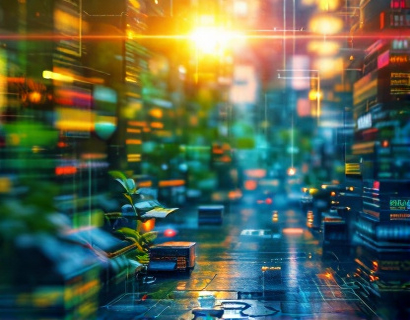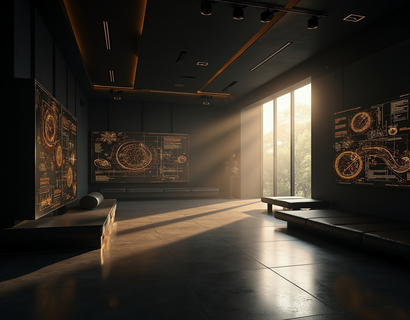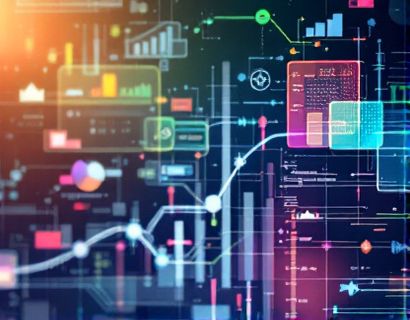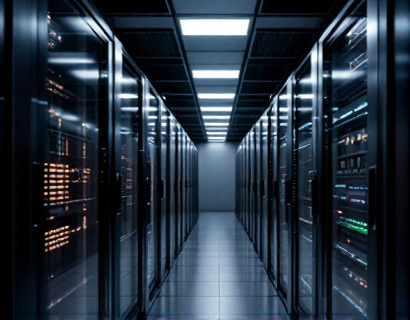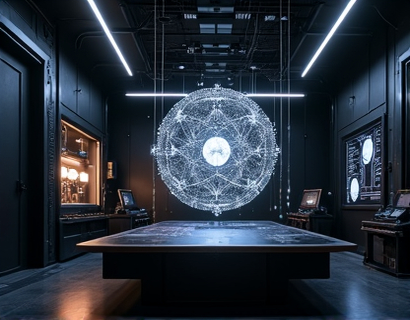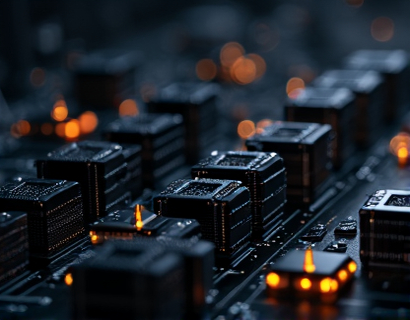Maximizing Your Indoor Garden: Cutting-Edge Tech for Optimal Plant Growth and Sustainability in Solariums
In the realm of indoor gardening, the integration of advanced technology has revolutionized the way enthusiasts cultivate plants within the confines of solariums. These high-tech setups transform light, climate, and automation into a symbiotic ecosystem that ensures optimal plant growth and sustainability. This article delves into the cutting-edge technologies that can elevate your indoor gardening experience, providing expertly tailored solutions that meet your unique needs and create a thriving, future-forward environment.
The foundation of any successful indoor garden is the control and optimization of light. Plants require specific wavelengths and intensities of light to perform photosynthesis efficiently. Traditional lighting solutions, such as incandescent bulbs, are inefficient and generate excessive heat. Modern LED grow lights, however, offer a superior alternative. These lights are energy-efficient, produce minimal heat, and can be customized to emit the exact spectrum of light that plants need at different stages of their growth cycle. For instance, blue light is essential for vegetative growth, while red light promotes flowering and fruiting. Advanced LED systems can simulate the natural light cycle, ensuring that plants receive the right light at the right time, thereby maximizing their growth potential.
Climate control is another critical factor in indoor gardening. Maintaining the ideal temperature, humidity, and air circulation is essential for plant health. Advanced climate control systems use sensors and smart algorithms to monitor and adjust these conditions in real-time. For example, thermostats and humidistats can automatically activate heating, cooling, or dehumidification systems to keep the environment within the optimal range for your plants. This level of precision not only enhances plant growth but also conserves energy by preventing unnecessary use of heating or cooling devices.
Automation plays a pivotal role in creating a seamless and efficient indoor garden. Automated irrigation systems ensure that plants receive the right amount of water at the right times, reducing the risk of overwatering or underwatering. These systems can be programmed based on the specific water requirements of different plant species and can even adjust based on environmental conditions, such as soil moisture levels and ambient humidity. Additionally, automated pruning and harvesting robots can take the guesswork out of maintaining your garden, ensuring that plants are pruned at the optimal times to promote healthy growth and maximize yields.
Soil and nutrient management are also crucial for plant health. Traditional soil-based gardening can be challenging in indoor settings due to limited space and the need for precise nutrient control. Hydroponic and aeroponic systems offer a solution by delivering nutrients directly to the plant roots in a controlled environment. These systems use nutrient-rich water solutions or misting techniques to provide plants with exactly what they need, when they need it. This method not only enhances growth but also reduces water usage and minimizes the risk of soil-borne diseases. Advanced nutrient management systems can monitor and adjust nutrient levels in real-time, ensuring that plants receive a balanced diet throughout their growth cycle.
The use of smart sensors and IoT (Internet of Things) technology further enhances the capabilities of indoor gardens. These sensors can monitor a wide range of parameters, including light intensity, temperature, humidity, CO2 levels, and even the health of individual plants. The data collected by these sensors can be transmitted to a central hub or cloud-based platform, where it is analyzed and used to make informed decisions about garden management. For example, if the CO2 levels drop below a certain threshold, the system can automatically activate CO2 injectors to boost levels and promote photosynthesis. This level of monitoring and control ensures that your indoor garden operates at peak efficiency, leading to healthier plants and higher yields.
Customization is key to creating an indoor garden that meets your specific needs and preferences. Modern technology allows for highly customizable setups that can be tailored to the unique requirements of different plant species and gardening goals. Whether you are growing rare orchids, leafy greens, or fruiting vegetables, there are solutions available to optimize their growth. For instance, some systems offer modular designs that allow you to configure the layout of your garden, adjusting the placement of lights, fans, and other equipment to suit your space and plant types. This flexibility ensures that your indoor garden can evolve as your needs change, providing a long-term, sustainable solution for plant cultivation.
Sustainability is a growing concern in all aspects of gardening, and indoor gardens are no exception. Advanced technologies not only improve plant growth but also contribute to environmental sustainability. Energy-efficient LED lights and smart climate control systems reduce energy consumption, lowering your carbon footprint. Hydroponic and aeroponic systems use significantly less water than traditional soil-based methods, conserving this precious resource. Additionally, the controlled environment of a solarium minimizes the need for pesticides and herbicides, promoting a healthier ecosystem. By integrating these technologies, you can create an indoor garden that is not only productive but also environmentally friendly.
The benefits of these cutting-edge technologies extend beyond just plant growth. For indoor gardening enthusiasts, having a well-managed, high-tech garden can be a source of pride and relaxation. The ability to monitor and control every aspect of your garden from a smartphone or computer provides a sense of empowerment and convenience. Whether you are a busy professional or a seasoned gardener, these technologies can help you achieve the perfect indoor garden with minimal effort. Moreover, the data generated by smart sensors can be used to refine your gardening techniques over time, leading to continuous improvement and better results.
In conclusion, the integration of advanced technology in indoor gardening transforms solariums into sophisticated, sustainable ecosystems. From optimized light solutions and precise climate control to automated systems and smart sensors, these innovations ensure that your plants receive the ideal conditions for growth and health. By embracing these cutting-edge technologies, you can create a customizable, future-forward garden that not only meets your unique needs but also contributes to a more sustainable future. Whether you are a beginner or an experienced gardener, the possibilities are endless, and the rewards are significant.




